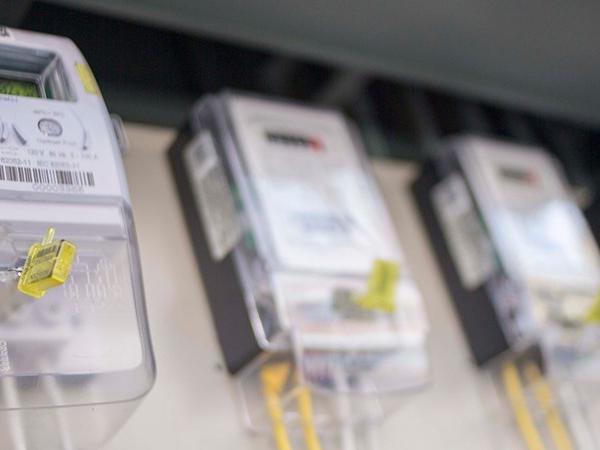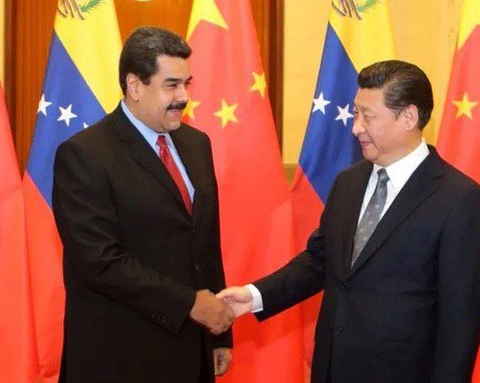In In June this year, 23 of the 28 energy marketing companies showed a drop in electricity prices, According to the Superintendency of Public Services, the first contractions were evident in the sixth month and only five markets had increases.
(We suggest: Energy rates: without a quorum, the Creg is tasked with applying relief within 30 days)
Yes ok Some companies had experienced declines at certain times, this had not happened at the same time in most cases.For example, in December of last year, EPM showed a contraction of $30.4 per kilowatt hour. That same month, Air-e and Enel also showed contractions, although the other marketing companies did not have the same behavior.
In June, monthly variations ranged from an increase of 2.5% (Emevasi) to a fall of 11.1% (Celsia Tolima). On average, rates fell by 3.9% according to estimates from the same Superintendency..
The companies in which a tariff increases during the sixth month of the year were Electrocaquetá (0.46%), Emcali (0.16%), Emevasi (2.5%), Enelar (0.6%) and Energuaviare (0.25%). A decline was observed in other companies.
(You may be interested in: Creg to revive power disconnection mechanism for users: what changes?)
As opposed, The markets operated by Celsia Tolima (-11.09%), Empresa de Energía de Pereira (-11.07%) and EPM (-10.7%) were the ones that had the greatest reductions in price of the unit cost of energy.
It is worth remembering that the The Ministry of Mines and Energy had indicated that in the June billing cycle there would be reductions related to the transfer of credits acquired with Findeter and the National Development Finance Company to capitalize themselves while they managed to recover the tariff option balances.
President Gustavo Petro said that the objective is Let the Nation assume the debt corresponding to this balance accumulated by users during and after the pandemic due to the freezing of rates.
(Recommended reading: Projections on detailed gas production in Colombia raise concerns)
Gustavo Petro
AFP
Asocodis calculations indicate that users would owe marketing companies between $4 and $4.5 billionThis has generated cash flow difficulties for companies, which have had to access debt to manage these difficulties.
However, Jhon Jairo Granada, manager of Afinia, a subsidiary of EPM, said that the reductions for this month are explained by the actions of the company itself. “We will reduce the unit cost from $1,128 to $1,058, but It has nothing to do with the government’s decisions or the option tariff”.
The company recorded a price of $1,078.2 per kilowatt hour in June, which compared to May represents a contraction of 4.4%. Granada noted that The debt of tariff option of strata 1, 2 and 3 (which are those that the Government would assume) reaches $1.1 billion in their marketsIt is worth noting that for all markets it is estimated that there are $2.7 trillion of debts.
(Of interest: Study reveals how El Niño affects stock prices and the impact of renewables)
However, he stressed that the Energy and Gas Regulatory Commission is needed (Creg) comply with what is ordered in resolution 40225 in which it instructs the entity to generate in 30 days the regulation that determines how to make this transfer to tariffs. Granada said that at that time a reduction in tariffs related to the Government’s decision could be seen.
Slowing the rise
When analyzing the data in your annualized behavior, it is important to highlight that they continue to have increases. For example, the markets of Air-e and Afinia remain the markets with the highest annual growth in June, both with an increase of 26%.
Likewise, other marketing companies also show double-digit increases, as is the case of Enel, which rose 11.7% compared to June 2023.
(Also: How much will energy rates on the Caribbean coast drop in the coming days?)
However, this annual increase is a slowdown compared to the figures that had been previously reported. For example, In May, Afinia showed a 32% increase, while at Air-e the increase compared to May 2023 was 29.5% and at Enel it was 14.2%.

José Camilo Manzur, director of Asocodis.
Alexandra Cepeda
Components
When analyzing the information from the Superintendency, it is evident that Four of the six components of unit cost experienced contractions during the sixth month. Restrictions and generation were the components in which the greatest decline was evidentbeing -35.10% and -6.93% respectively.
Jose Camilo Manzur, president of Asocodisexplained that the restrictions component had a partial rebound effect, falling after the Ministry of Mines and Energy presented a resolution in April that forced the release of thermals.
(Read: Demand response could have positive effects on bills)
This led to the price of this component going from an average of $8 per kilowatt in March to more than $42 in April. However, In May, with the withdrawal of forced dispatch of these plants, the price dropped to around $26This behavior explains why this contraction was seen during the month.
Manzur also points out that it is possible that this component will even show another contraction in the following billing cycles, although it depends on other factors as well.
With respect to the fall in generation, Manzur pointed out that another of the behaviors that was evident is that The stock market price fell, also due to the end of the El Niño phenomenon.which explains this contraction during the month.
In the case of the loss components (-3.31%) and distribution (-0.30%) there were also falls compared to what had been seen in May.
According to the Superintendency, the transmission component increased by 10.17% during this period and the marketing component increased by 2.07%.
Daniela Morales Soler
Portfolio Journalist
















